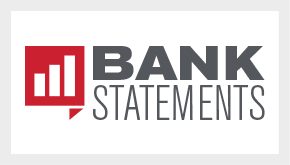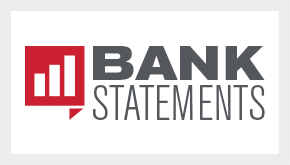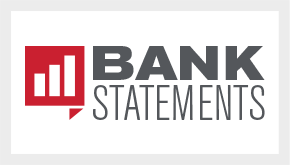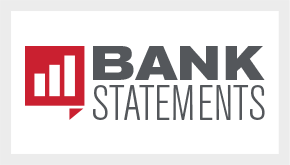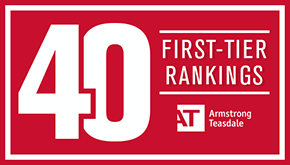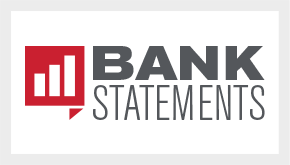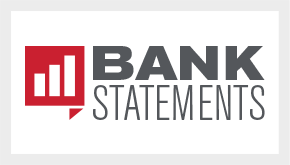Banking and IT Create New Opportunities Through Innovative Tech Partnerships
Financial knowledge and technology drive new, market-leading product and service offerings
The banking and financial services industry is poised for resurgence in new consumer and business product and service offerings through increasing use of and investment in artificial intelligence (AI), machine learning (ML) and robotic process automation (RPA) technology. Banks and financial institutions of all sizes are investing in technology applications to support everything from lead generation to anti-money laundering and fraud initiatives. According to global business information provider IHS Markit, the business value of AI in banking is projected to reach $300 billion by 2030.
In the latest trend, banks are working with IT developers and combining their existing financial expertise, contacts, and access to third party data with the newest AI, ML, and RPA technologies in a variety of different ways, including the creation of custom applications and offerings, and the development of private label products. These efforts are resulting in the establishment of new product and service markets in the banking and financial services industry. Some banks and lenders are licensing AI, ML, and RPA solutions from third party vendors to help retain their competitive edge, grow their market presence, and implement better efficiencies for their businesses and customers.
Trending Now
Banking and financial sectors have embraced AI, ML, and RPA for both B2B and B2C use. By using ML technology, banks are gathering data and general knowledge more quickly and more accurately than ever before; by implementing AI into their existing systems, banks apply that data and knowledge to simulate natural intelligence to solve complex problems and find optimal solutions for their internal business needs and their customers. RPA “robots” allow banks and financial institutions to capture and interpret applications for processing a transaction, manipulating data, triggering responses and communicating with other digital systems to automate business processes. Using some or all of these technologies, banks and financial institutions track regulatory compliance, quickly gather and process real-time market data analytics, identify trends using internal and external subscription data, analyze reports, provide investment insights, identify potential high-risk profiles, and detect fraudulent activities with ever-increasing speed and accuracy. Use of AI, ML, and RPA ultimately opens up new value-added opportunities for customer retention and cross-selling for enterprise clients.
B2C
Financial institutions are using AI, ML and RPA in their standard mortgage and loan processes to seamlessly drive interactions and enable the exchange of data among customers, credit reporting agencies, and other third parties. As a result, financial institutions have been able to offer their customers new investment, banking, and information services and provide those services more efficiently and accurately, bringing value and customer retention, along with cross-selling opportunities for enterprise clients. And, while chatbots are nothing new, they also continue to be a topic of conversation related to customer service.
B2B
AI tools and ML systems can mine data and identify potential leads from various sources – websites, social media, and external feeds. Forward-thinking institutions are now seeking joint venture and development opportunities with IT developers to combine these tools with the financial institution’s knowledge and data resources and develop new custom products for both B2B and B2C markets, some of which are marketed as private or white label products.
Regardless of the goal, use of AI, ML, and RPA is ever-increasing, along with the desire to be first-to-market and gain a competitive edge. However, the urgency does not eliminate the need to carefully determine which technology to use, how to use it, and how much to invest. These decisions must be made quickly, yet carefully.
Act Quickly and Wisely: What Questions Should You Ask?
If you are investigating how to partner with an IT software developer or fintech provider to create a new online product or service, before entering into an agreement, be aware of the key questions you should ask.
- Who will own the final development, and what are your rights to use and commercialize it? How are ownership rights and future rights determined?
- What are the key product functions and how will they work in a live production environment?
- What intellectual property (IP) does the developer own and bring to the project? What IP will need to be licensed and by which party? What IP do you provide?
- What are the milestones for each step of the project, can you commit to a schedule, and how are milestones tested and approved? Are payments tied to performance?
- What happens if we veer off schedule?
- What if the product doesn’t work once we go live?
- What happens if the online system goes down?
- Will the developer provide ongoing support? At what cost?
If you don’t hear the answers you expected, the next step is negotiating a workable agreement that allows innovation while being mindful of each party’s risks and potential rewards. Skilled legal counsel can review Master Services, SaaS and other agreements and licenses to analyze and offset risk, and carefully negotiate vendor agreement terms, such as those related to fees, rights, hidden electronic funds transfers ETFs, portal and management services, online and mobile banking, automated clearing house (ACH), payment processing, and privacy and data protection, among others.
Accounting for the Future
Sometimes, the best solution is as simple as ensuring that you have done your due diligence in researching all of the available platform or investment options.
It’s important to remember that both parties in the deal are invested in making it work and interested in driving respective growth. As such, agreements are always negotiable. Seasoned technology transactions attorneys can take the lead in negotiating favorable terms and ensuring your bank or financial institution has the rights and protection needed to stay competitive in this rapidly evolving market.



